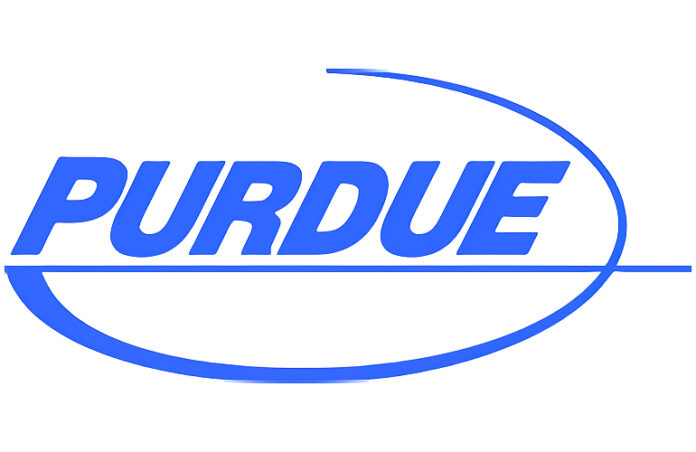STAMFORD, Conn.– A Purdue Pharma L.P.–sponsored pharmacodynamic study has shown that ZURNAI™ (nalmefene injection) reversed fentanyl-induced respiratory depression with a quicker onset and longer duration of action than intranasal naloxone, the current standard of care. The findings, published in the Journal of Clinical Pharmacology, support the nalmefene auto-injector as an important addition to emergency opioid overdose reversal options.
ZURNAI delivers 1.5 mg of nalmefene intramuscularly via auto-injector and shares the same pharmacological mechanism as naloxone. In the study, 24 participants with moderate opioid use history were given controlled intravenous fentanyl infusions to induce respiratory depression, followed by treatment with either ZURNAI or intranasal naloxone. Results showed that reversal began within 2.5 to 5 minutes with ZURNAI. At five minutes post dose, breathing increased by 4.59 liters per minute, compared to 1.99 liters with naloxone. Nalmefene reached peak blood concentration in 12.5 minutes versus 40 minutes for naloxone and had a half-life of 7.98 hours compared to 1.64 hours. Both drugs were well tolerated, with no serious treatment-emergent adverse events reported.
“The ability of the ZURNAI auto-injector to work quickly and for an extended period of time makes it an important addition to current opioid overdose reversal treatments in community settings,” said Julie Ducharme, BPharm, MSc, PhD, vice president and chief scientific officer of Purdue. “This study supports the importance of having multiple evidence-based treatment options for naloxone and nalmefene delivery to better address the evolving dynamics of the opioid crisis.”
Craig Landau, M.D., president and CEO of Purdue, added: “We are encouraged by the results of this study and the opportunity to report these important data in peer-reviewed fashion. Given the autoinjector format, we believe ZURNAI to be a valuable, lifesaving option for use in hospitals, clinics, schools, homes, and other public places. Through our Public Health Initiatives, we remain committed to supporting communities in need by offering this additional opioid overdose reversal option.”
Purdue said ZURNAI will be available in late 2025 and distributed at no profit as part of its public health commitment. While the study was conducted in a controlled setting and may not fully reflect real-world outcomes, the data add to the body of evidence supporting nalmefene as a longer-acting alternative to naloxone, particularly in overdoses involving potent synthetic opioids such as fentanyl.


